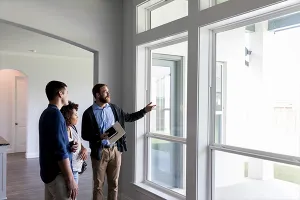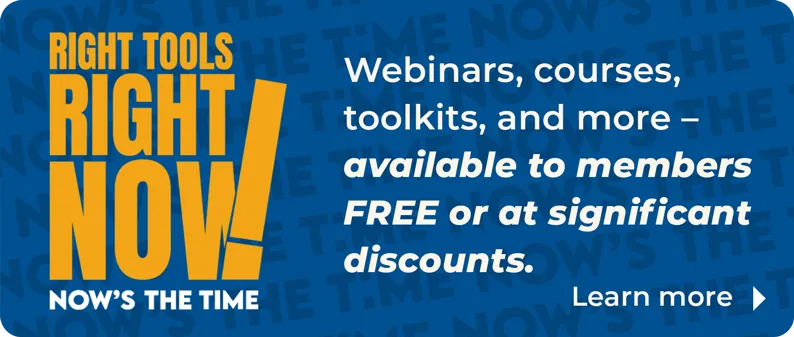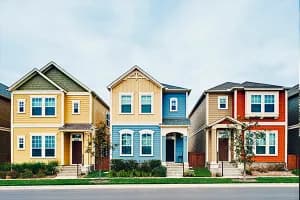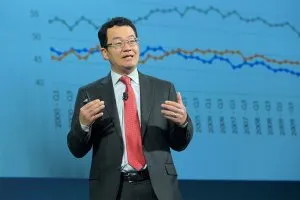While local conditions vary, overall buyer traffic slightly improved in January 2016 compared to a year ago and a month ago, according to the January 2016 REALTORS® Confidence Index Survey Report.[1]
The REALTORS® Buyer Traffic Index registered at 59 in January 2016 (51 in December 2015; 56 in January 2015). Meanwhile, supply conditions remained by and large tight in many areas. The REALTORS® Seller Traffic Index registered at 40 (38 in December 2015; 41 in January 2015). An index below 50 indicates that more respondents viewed traffic conditions as “weak” rather than “strong.”
The gap in demand and supply has led to strong price growth against modest gains in income, making a home purchase increasingly less affordable. The national median existing single-family home price in the fourth quarter of 2015 was $222,700, up 6.9 percent from the fourth quarter of 2014 ($208,400). For all of 2015, an average of 89 percent of measured metro areas saw increasing home prices, up from the averages in 2014 (83 percent) and 2013 (88 percent).The number of permits authorized for new privately owned housing units has been improving and averaged 1.17 million units in 2015. However, 690,084 units, or 59 percent of new construction have been multi-family structures. About 95 percent of the multi-family units were for rental occupancy in 2013-2014
[1]. Historically, multi-family structures accounted for only 20 percent of new construction, so the availability of single-units for purchase among recently constructed properties is lower than is historically normal. REALTORS
® reported low inventory of properties in the lower price range and for those that are move-in ready.
[1] Source: Census Bureau. Characteristics of Units in New Multifamily Buildings Completed, Units Per Building, 2014.
[1] Respondents were asked “What are your expectations for the housing market over the next six months compared to the current state of the market in the neighborhood(s) or area(s) where you make most of your sales?”
Notice: The information on this page may not be current. The archive is a collection of content previously published on one or more NAR web properties. Archive pages are not updated and may no longer be accurate. Users must independently verify the accuracy and currency of the information found here. The National Association of REALTORS® disclaims all liability for any loss or injury resulting from the use of the information or data found on this page.









